Did you know 84% of consumers use a search engine or the maps app on their phone to find your business? Organic vs. paid search is a good question to ask because you’ll be marketing where your customers go to find you.
Mastering successful marketing strategies for local experts, small businesses, and nonprofits requires finding the sweet spot between free and paid techniques to boost your online presence. Climbing the search engine results page (SERP) ladder leads to increased visibility, higher conversions, and ultimately, greater chances of success.
Yet, like any masterpiece, a winning marketing strategy is painted with a blend of diverse strokes.
This masterpiece is composed by aligning your marketing goals, audience insights, and budgetary considerations. Quality content, strategic planning, and a dash of analytics create the symphony to resonate with your unique audience and elevate your local expertise, small business, or nonprofit to new heights of success.
What is organic search vs. paid search?
Organic search refers to how search engines naturally present results when you look something up. It’s like a helpful librarian suggesting books based on your interests. In contrast, paid search lets marketers pay to have their pages shown prominently when certain keywords are searched.
Since 81% of consumers use Google to evaluate local businesses, it’s worth having a presence there and designing people’s first impression of you.
This means that for organic growth, marketers (and entrepreneurs or small businesses who do their own marketing) should dig into the techniques behind search engine optimization (SEO) and deeply understand what exactly their audience wants and searches for to find you 🚀
For paid growth, you need the same deep understanding of your ideal customer, and also, search term research, strategy, and key metrics.
How to Grow Your Organic Traffic
Alright, let’s uncover the treasure map to get that golden organic traffic!
Picture this: every business wants its offerings to outshine the competition like the north star in the digital sky. And guess what?
Organic marketing from content on your website, marketplaces you sell on, social media, forums, YouTube, what have you, helps you attract new customers and build a loyal fanbase.
It’s like planting organic seeds that grow into a lush garden of free traffic and higher conversion rates. This type of organic marketing is value-based marketing and it’s a critical component of any effective digital marketing strategy.
And since 87% of consumers used Google to evaluate local businesses in 2022, up from 81% in 2021, let’s start our strategy on Google.
Now, time to sprinkle some magic dust.
Mobile optimization, SEO sorcery, mingling on social media, and building backlinks are some of your secret ingredients for brewing up more free traffic.
Don’t forget to reference the ancient scrolls of SEO wisdom and metadata spells to optimize every page, listing, or post you share online—it helps search engines understand your content better and serve it up to the right people.
Google’s Search algorithms look at many factors and signals to serve your content to the right people, including the words of their query, relevance and usability of pages, expertise of sources, and the User’s location and settings.
Organic vs. Paid Marketing—How to Combine Them in a Marketing Strategy
Merging these two powerful strategies (organic and paid) is like blending the finest ingredients to create a recipe for success.
Start by consistently crafting and sharing your content, implementing SEO techniques the whole way through, and when the time is ripe, sprinkle in some paid marketing goodness to rev up your traffic engine.
You can start small in paid ads—consider giving your social media posts an extra boost with some linked content to begin.
Then when you’re ready, start building a marketing campaign on the platform that you’ve researched to be potentially the most effective channel for your target audience (e.g. Facebook & Instagram, Google Search, TikTok, YouTube, Pinterest, local radio, you name it!)
Then stick to that channel until you’ve reached 50% Return on Investment (ROI) or Return on Ad Spend (ROAS). Then add another channel to your strategy. Keep at each channel until you gain momentum and receive a minimum of 50% ROI. Then keep adding channels to increase sales.
How to Calculate ROI:
Gross Profit (GAINS) – Marketing Investment (COSTS) / COSTS = ROI
Example: Gain $100 – Cost $25 / $25 = 3X or 300% ROI
The secret sauce here lies in the dance between these two strategies, feeding conversion and keyword data from your paid efforts to fuel your organic growth, and implementing organic growth data into your paid ads.
Unraveling the keyword mysteries from your paid marketing data is like discovering hidden treasures for refining your organic methods like SEO.
It’s like crafting a bond with your audience that stands the test of time, all while ensuring your paid efforts reach a wide and appreciative audience.
Understanding Your Target Audience
Before you dive into organic marketing or paid marketing, you need to first deeply understand your target audience.
Algorithms change. Tactics change. Economies change. But the fundamental marketing strategies of learning what people want, understanding exactly where you can help them, and then telling the right people about it in the most persuasive way are timeless.
So, get to know your current customers and ideal audience’s characteristics, behaviors, demographics, hopes, desires, challenges, and fears. Then laser-focus your organic and paid marketing efforts on your ideal customers.
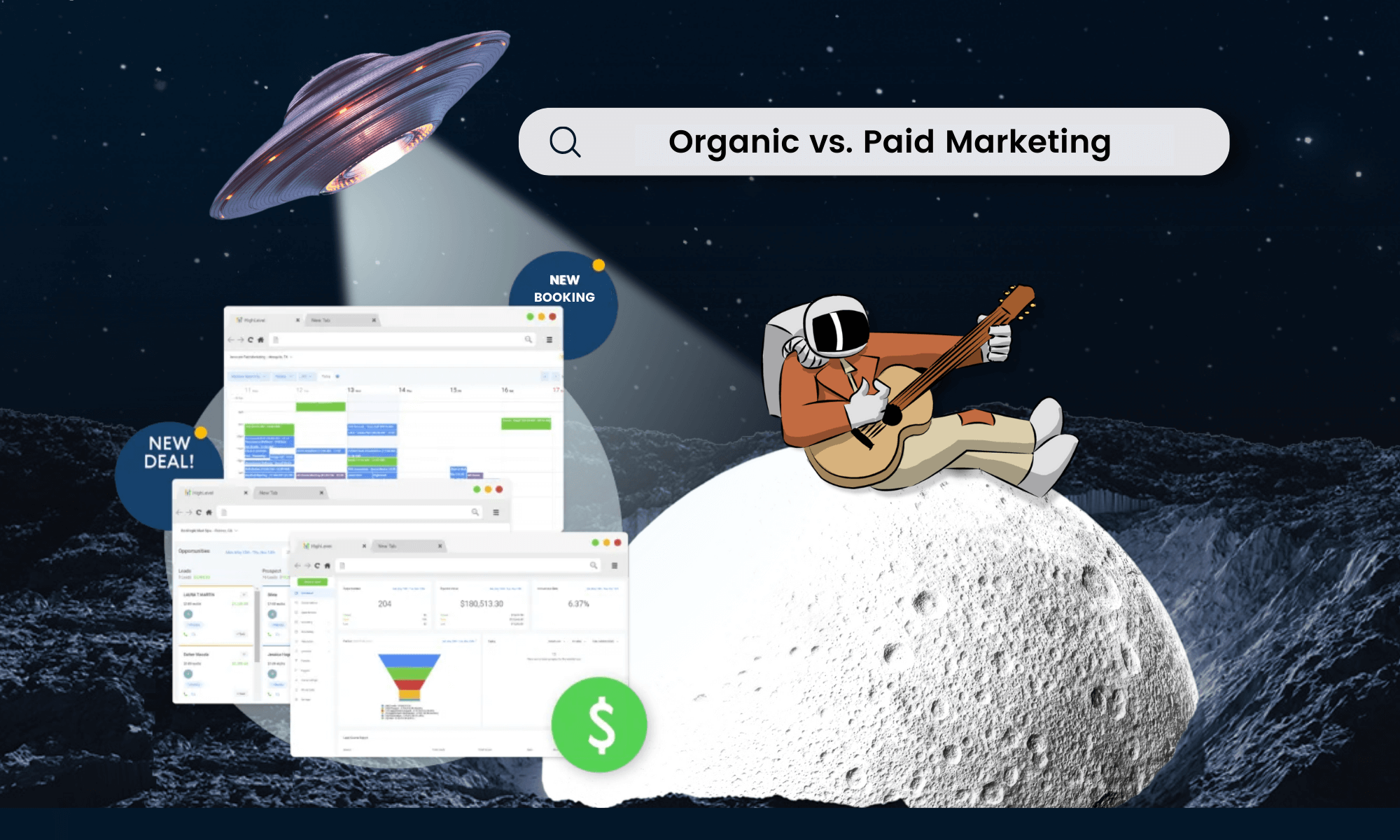



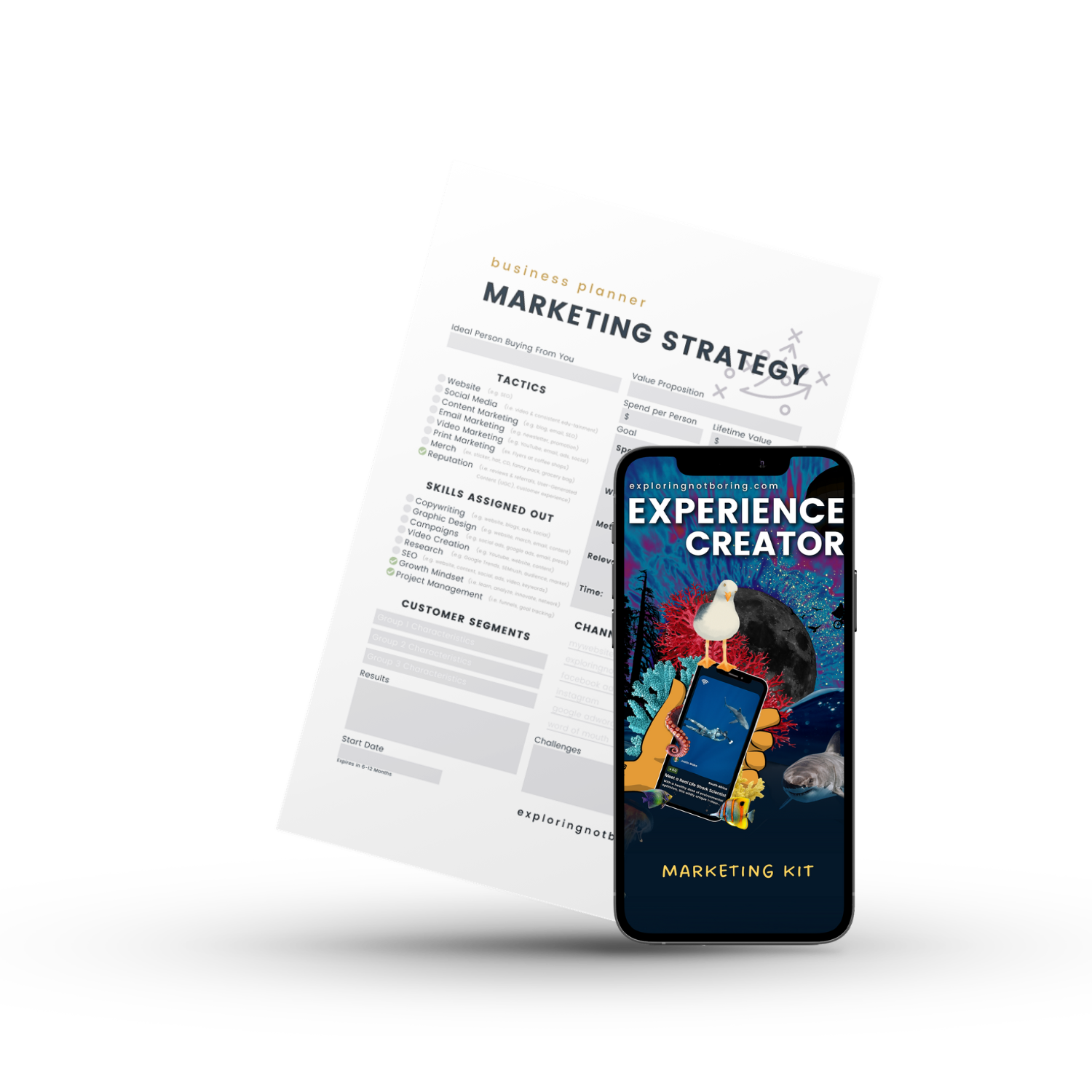
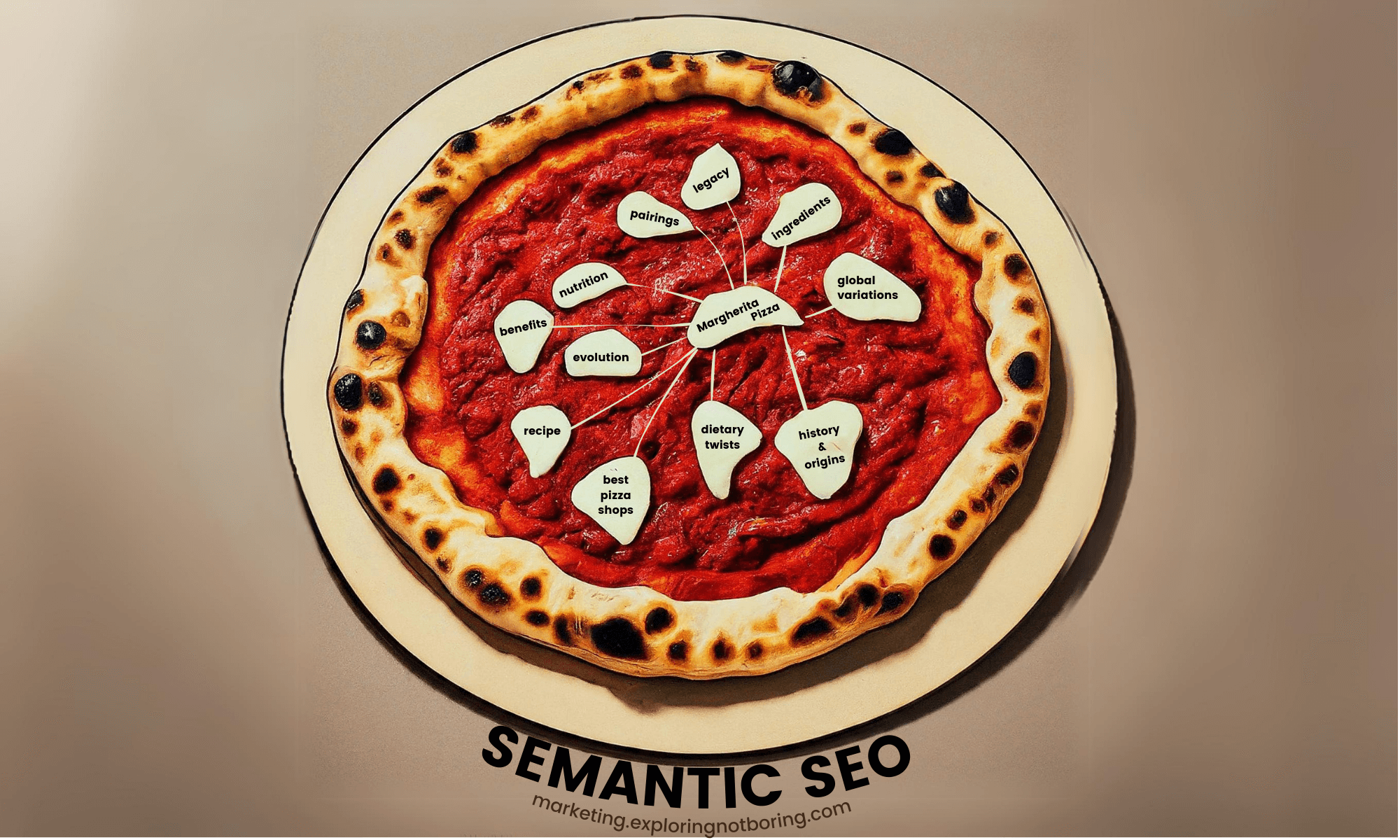
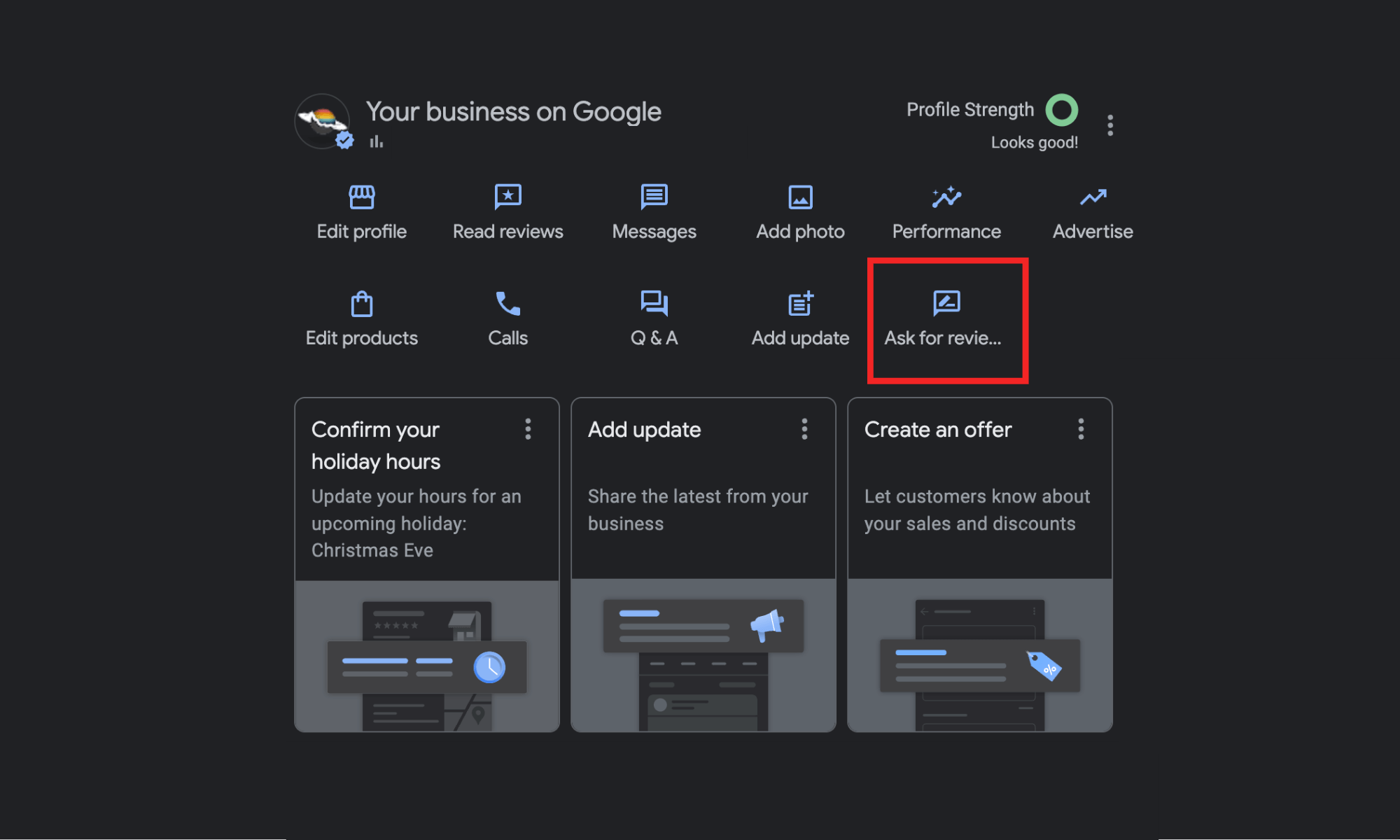
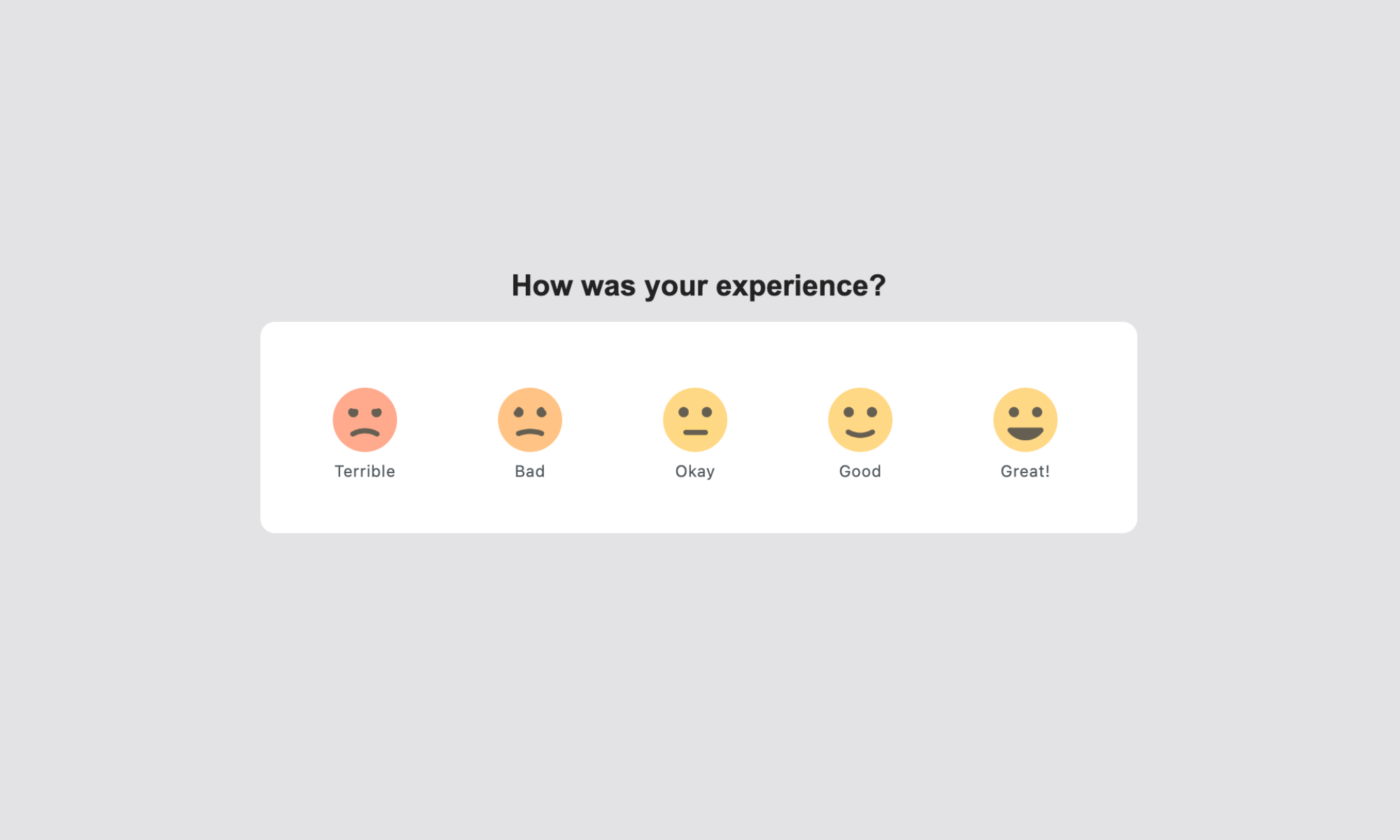


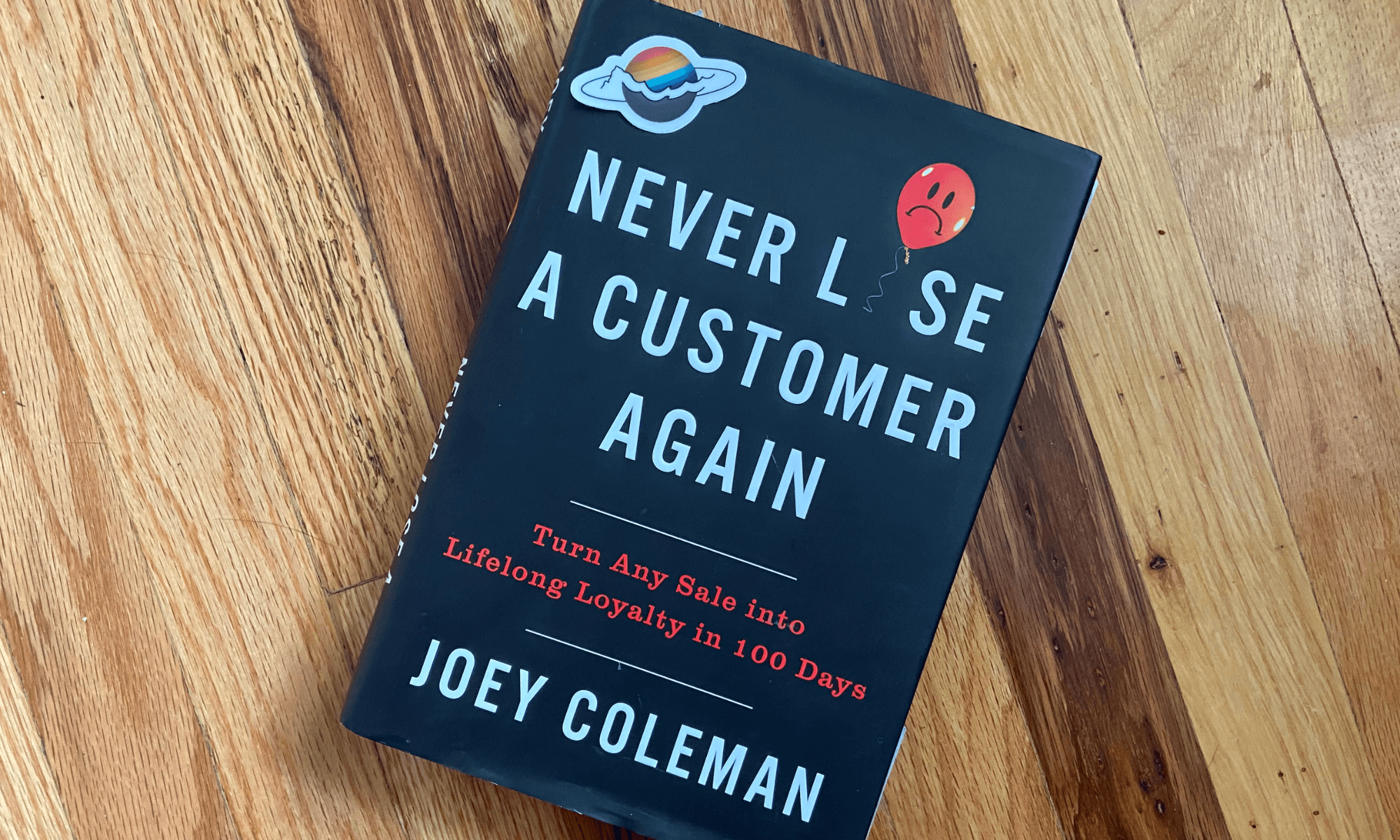

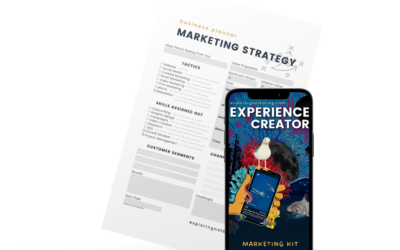
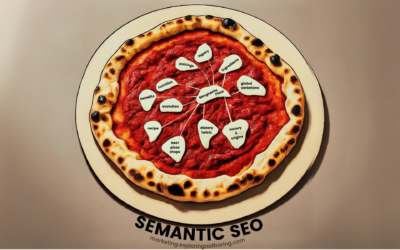
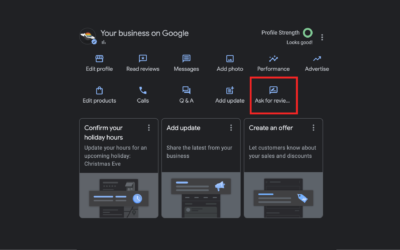
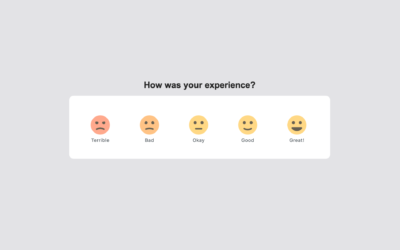
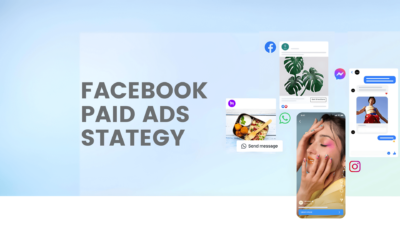

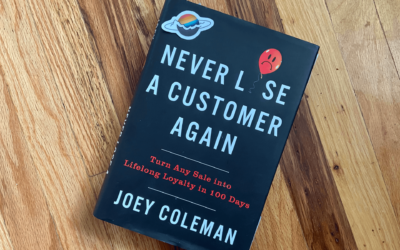


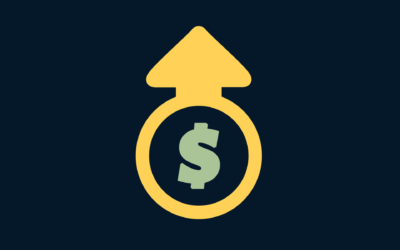

0 Comments